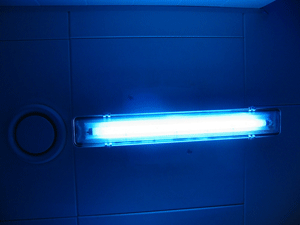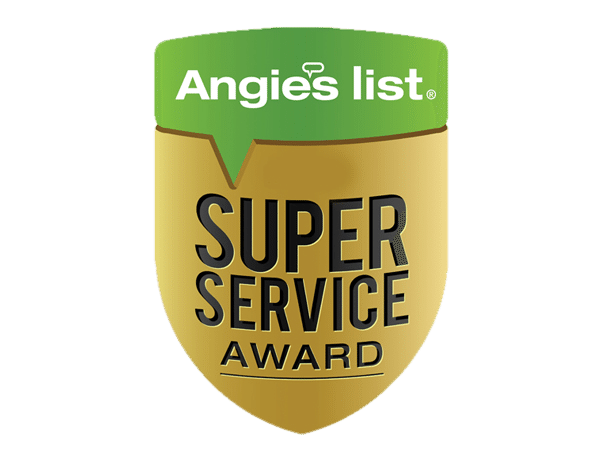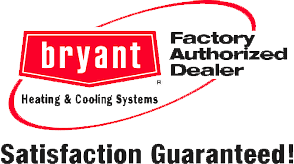
As your skin will probably attest, ultraviolet rays can be quite powerful. If you’re exposed for too long or too often, they can be painful and cause long-term health issues. However, we have products like sunscreen that protect us. Micro-organisms such as mold spores, bacteria and viruses don’t have that kind of protection. When they’re exposed, the UV lights break down the bonds that hold them together, neutralizing and killing them.
If your home has poor air quality, you’re doing your household a disservice. Occupants suffering from allergies, asthma or other respiratory issues are especially vulnerable if exposed to “bad air” for too long.
UV lights are installed either induct or at the evaporator coil of your HVAC system. Whenever the central A/C, heat pump or furnace kicks on, indoor air circulates through the system. As air passes through the ductwork, the UV lights neutralize most of the micro-organisms carried in the air. It’s important to remember, however, that UV light systems don’t remove non-organic particles from your indoor air. They must work in tandem with an effective filtration or air-cleaning system for comprehensive indoor air purification.
For further assistance with UV lights, or other home comfort questions, please contact the experts at Ace Hardware Home Services, Inc. We have been serving the HVAC needs of Dayton, Springfield and the surrounding area since 1978.
Our goal is to help educate our customers in Dayton, Ohio about energy and home comfort issues (specific to HVAC systems). For more information about UV lights and other HVAC topics, download our free Home Comfort Resource guide.
Image courtesy of Shutterstock







